Most of the time, the worms appear in preschool- and elementary-aged children. Where do worms come from? The main cause of worm infestations in children is poor hygiene. Young children don't wash their hands often, they like to put their fingers in their mouths, bite their nails, and eat unwashed fruits and vegetables. A worm invasion can occur if a person's immunity is weakened. A child's immune system is just developing and is not ready to deal with the large number of foreign pathogens. Signs of worms in children are similar to symptoms of poisoning or gastrointestinal disease.
Why are worms harmful to children? They damage internal organs, suck out nutrients, and cause inflammation. The toxins secreted by the worms can adversely affect a baby's nervous system. You can get rid of worms with the help of traditional and traditional medicine.

Types of helminthiasis in children
Worms appear frequently in children, especially in the preschool years. The risk of infection is always high. Children can become infected in kindergartens, on playgrounds, and in contact with animals. In addition, children often neglect to wash their hands after using the toilet and before eating.
What are worms? Worms are a large group of parasitic worms. They can live in the gut, liver, airways, and some can affect the heart and brain. Main types of worms in children:
- Ascaris - The most numerous species of human parasites, including pinworms, roundworms, hookworms, and trichinella.
- Tapeworms - This class includes cattle and pork tapeworms (tapeworms), Echinococcus tapeworms.
- Trematodes are bigenic flukes, including schistosomiasis, boswellia, flukes (liver and cat).
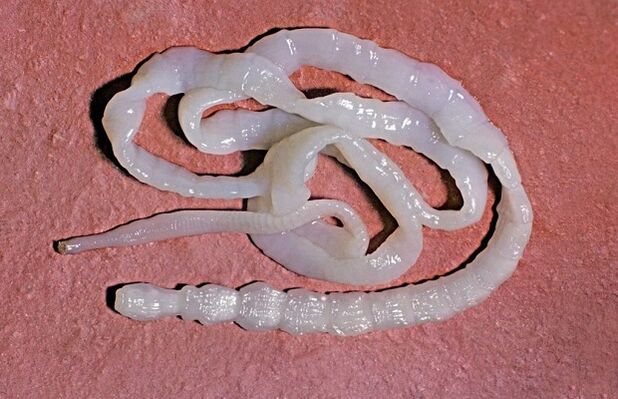
In addition, parasitic diseases are caused by protozoa (protists) - single-celled organisms; in the human gut, Giardia or amoeba parasites.
Diseases caused by parasites in children have varying degrees of danger, but the symptoms are similar. The vast majority of roundworms live in the gastrointestinal tract and are found in duodenal contents and feces. Nutrient sources for worms are digested food (usually carbohydrates) and sometimes blood. Symptoms of helminthiasis in children are similar to eating disorders or gastrointestinal disorders.
The most common type of helminthiasis in children
Children are more susceptible to worms than adults. The most common helminthiasis in children:
- Enterobiasis (pinworm infection).
- Ascariasis (roundworm invasion).
- Giardiasis (Giardia Invasion).
Pinworms live only in the gut. Migrating roundworm larvae enter the respiratory tract, liver and heart. Giardia frequently causes liver and gallbladder disease, although they cannot survive within these organs. Are these diseases contagious?
Enterobiasis spreads from person to person through shaking hands and touching household items used by the sick.
In some cases, ascariasis and giardiasis can also be passed from the baby to other family members.

Enterobiasis
The main cause of pinworm infection is dirty hands. Also, when eating unclean fruit, parasite eggs can enter the baby's body. Signs of worm infection appear 3-4 weeks from the date of infection. A characteristic symptom of enterobiasis is itching in the anal area, which occurs during sleep. The unpleasant sensation is caused by the movement of the female worms, which crawl out to lay eggs. It is very invasive and can be seen with the naked eye in the feces of children.
Reinfection occurs when a baby scratches the anus and then puts his hand in his mouth (this is often the case with young children). Therefore, during treatment for helminthiasis, children should be monitored so that they wash their hands frequently and eat only well-processed foods.
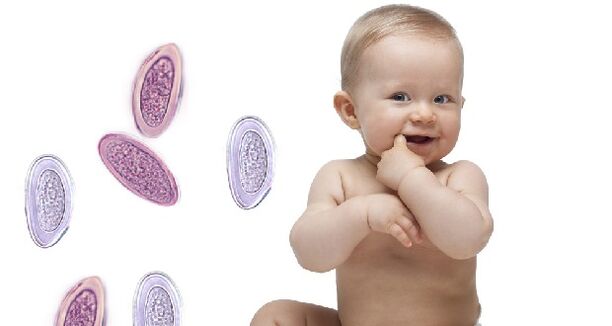
Ascariasis
Ascaris infection occurs through unwashed products, meat that has not been adequately heat-treated, through contact with animals. The parasite enters the baby in the form of eggs and larvae. The eggs develop in the gut, and the larvae begin to migrate through the blood and lymphatic vessels. They reach the liver, the right ventricle of the heart, the lungs. Regular and adequate supply of oxygen to these organs is necessary for the larvae to grow into adults. From the lungs, the larvae enter the bronchi and trachea, which are coughed up and swallowed with saliva into the stomach. The motility cycle continues until the larvae grow.
With worms in children, in addition to the typical symptoms, a severe cough may also occur. Helminthiasis in children is detected using co-programs and specific blood tests.

Giardiasis
Children develop giardiasis when more than 10 cysts enter the body. Cysts are immobile and resistant to the environmental conditions that are the existing form of lamblia, and under favorable conditions the individual is able to reproduce. Motile protists can only live under conditions created only in the human small intestine.
Developmental stages of human Giardia invasion:
- Cysts from the mouth enter the stomach and then the duodenum. The protective capsule was destroyed and two giardia were released.
- Giardia eats simple carbohydrates and multiplies the cell in half by dividing longitudinally.
- Some parasites enter the large intestine, where they can only exist as cysts.
- During a bowel movement, the cyst will come out and enter the external environment.
Giardia cysts can be found on water, vegetables, fruits, meat, and household surfaces. They are very tenacious and difficult to destroy with regular detergents. The risk of human-to-human transmission is low.
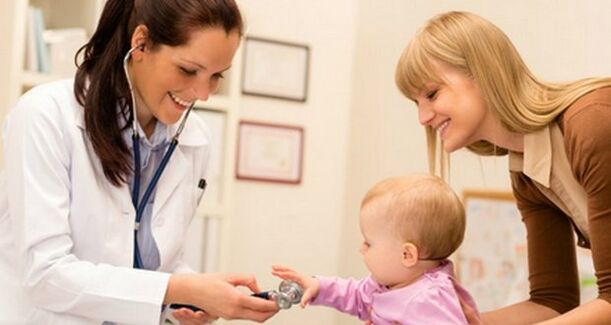
Typical symptoms of helminthiasis in children
The first signs of worms appear 2-4 weeks after infection. Helminal infections in children can occur in acute or latent forms. If the number of parasites is low, the baby may not experience any discomfort.
The main symptoms of worms in children:
- Abdominal pain of varying location and intensity, manifesting as seizures.
- Stool disorders, diarrhea and constipation.
- feel sick and vomit.
- Decreased appetite, or conversely, decreased appetite.
- Intestinal flora imbalance.
- Lack of energy, dizziness.
- sleep disorder.
- dermatitis.
- The skin is pale and there are blue circles under the eyes.
- Girls may experience urinary incontinence.
Dermatitis (rash, redness, itching of the skin) is the result of an allergic reaction to the toxins released by the worms. Harmful substances can also affect the state of the nervous system. The child looks tired, becomes irritable, and willful.
Acute infection is accompanied by symptoms of worms in children - fever, vomiting, diarrhea.
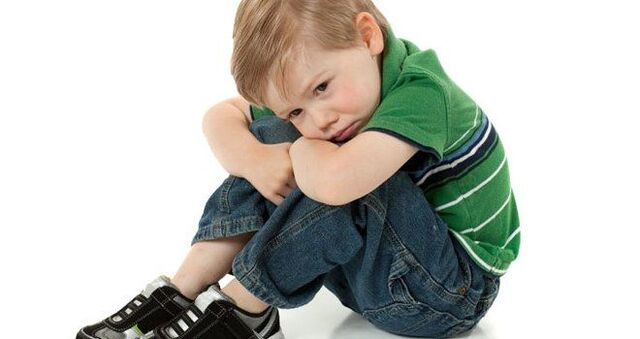
Worm check for children
How to identify bugs in children? Helminthiasis in children is difficult to identify clinically. The symptoms of different helminths are similar to each other. The detection of worms is carried out with the help of time-tested and new laboratory diagnostic methods.
- Histological analysis of stool allows you to examine stool for the presence of worm eggs.
- Microscopic examination of anal scrapings (to help identify pinworms).
- Analysis of duodenal contents. In the duodenal contents, worms or protozoa can be found.
- General blood test with white blood cell formula. Indirect signs of the presence of worms are elevated eosinophil levels and anemia.
- Serological detection of helminth antigen antibodies.
- Analysis was performed by polymerase chain reaction (PCR).
PCR is the most reliable and sensitive method for diagnosing worm invasion. Blood, feces, scrapings are all suitable for analysis. The study determined whether foreign DNA was present in biological samples. The efficiency of the histological coroutine is lower than that of PCR and ELISA.
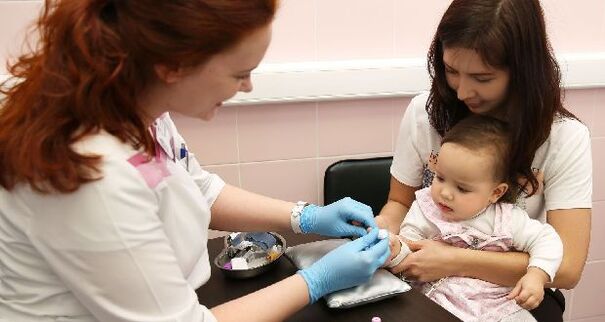
Therapeutic principles of worm invasion
How to get rid of bugs on children? Treatment depends on the type and extent of the worm invasion. Usually, helminthiasis is treated conservatively (without surgery), but surgery is performed to remove the hydatid cyst.
Treatment of worms in children consists of several stages:
- Prepare the body for treatment.
- Actual treatment, taking deworming medicine.
- Recovery of the body after illness and medication. It is necessary to normalize the functioning of the nervous system, improve immunity and get rid of intestinal flora imbalance.
The treatment period usually takes about three months. Before starting treatment, you need to determine exactly whether your child has worms. Treatment is prescribed and controlled by a doctor.

Drug treatment of helminthiasis in children
A comprehensive approach will help to completely cure any kind of helminthiasis without causing harm to the body. You can treat worms in children with certain medicines:
- Insect repellent. They include antiparasitic drugs of different lineages and mechanisms of action. Specified according to intrusion type. It is more convenient for your baby to take it as a suspension.
- adsorbent. Combines toxins and accelerates the excretion of the worms from the body. Only take sorbents in strictly prescribed doses, otherwise serious digestive problems may occur.
- Antiallergic. Helps relieve symptoms of allergy to worm excrement.
- Hepatoprotective drugs. Assigned during recovery. Helps normalize liver function.
- Enzyme. Normal digestion is restored.
In the treatment of enterobiasis, enemas are also prescribed to patients. If your baby is prone to constipation, your doctor will prescribe laxatives. It is important to have regular bowel movements so that parasites and toxins can be eliminated from the body. Taking any medication uncontrollably because of the potential for side effects.
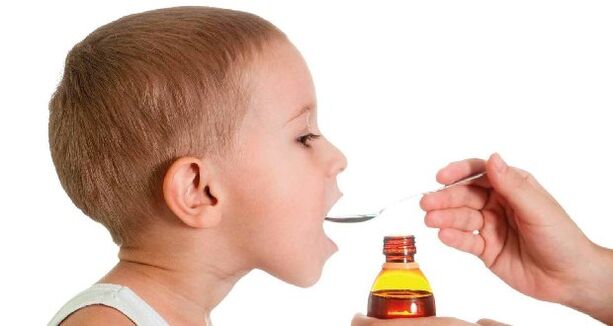
Traditional Medicine for Worms
Traditional medicine is not suitable for treating helminthiasis in children. They don't kill the worms or help remove them from the body. Folk remedies can only be used in combination with drug treatment.
How to use folk methods to get rid of bugs on children? There are some of the most common recipes:
- Pumpkin seeds. Contains ingredients that interfere with the normal functioning of the worm, removing toxins. Crush the peeled seeds (100 g) and pour in olive oil (100 ml). Give your child the tincture three days before meals (three hours). The treatment was repeated after 2 days. Pumpkin seeds can be boiled in milk (1 cup 15 seeds). The recipe is to give the baby a drink before lunch.
- Garlic mix. A few cloves of garlic (2-3) must be rubbed on a fine grater, mixed with a little water until smooth. For small children, garlic porridge is mixed with a spoonful of milk or orange juice and drunk before bed.
- Onions in oil. Chop 100 grams of onion, cover with a teaspoon of salt, and pour in 50 ml of sunflower or olive oil. Give babies this mixture for five consecutive days before bedtime.
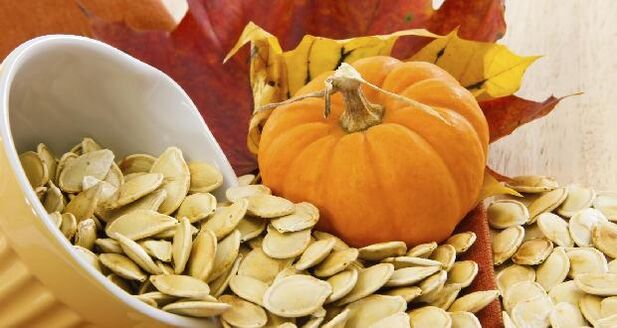
Beet carrot juice, echinacea tincture help boost your child's immunity. Restoring the nervous system - chamomile tea. Chamomile is also used in enemas for intestinal parasitic diseases.
Children with peptic ulcers, gastritis, pancreatitis, and allergic tendencies are prohibited from folk remedies. Of course, check with your pediatrician and parasitologist before you start testing "grandmother's recipes" on your kids, otherwise the outcome of this treatment may be the most unpredictable.
Dietary Supplements and Homeopathy for Worms
The internet is full of advertisements for bioactive additives (BAAs) and homeopathic remedies that, according to manufacturers, will wipe out the worms completely. Comments on these funds have been very positive.
Why can't dietary supplements be used to treat worms in children? Bioactive food supplements help to normalize metabolism, increase the body's resistance, improve the function of internal organs, but do not get rid of parasites. They can only be used in combination with traditional medicines.
Homeopathic preparations consist of complexes of natural extracts. They also have no detrimental effect on the worms. But they can boost immunity and restore metabolism. Today in many countries the prescribing of homeopathic medicines is prohibited due to ineffectiveness.

Prevention of helminthiasis in children
Preventing the emergence of helminthiasis in children includes simple measures:
- health. Parents should ensure that children wash their hands, bathe or shower frequently, do not bite their nails, and do not put toys in their mouths.
- Adequate heat treatment of meat and fish.
- Regular scraping of intestinal bacteria (this procedure is carried out in kindergartens).
- Sleep well and follow your daily routine.
- Balanced diet.
- Take vitamins.
If a case of infection is recorded at a kindergarten or school and one of the family members or pets is infected, drug prophylaxis should be administered.
The symptoms of worms in children can easily be confused with the manifestations of food poisoning and gastrointestinal disease. How to tell if your child has bugs, your doctor will tell you. After an accurate diagnosis is made under the strict supervision of a specialist, children can be treated for worms. Caring parents should understand that the health of their young children is entirely in their hands.






































